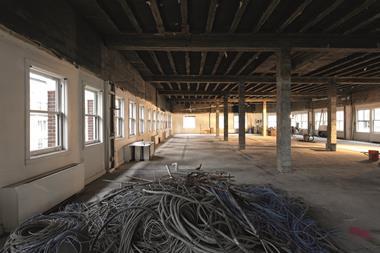Chris Lanitis’s discussion of the prime central London residential market (24.03.16) somewhat misses the point.
Of course London remains a highly attractive city, and of course buyers will always be prepared to buy high-quality property. The questions are: how many buyers are there? And how much will they be prepared to pay?
The market now is different from any time in my memory. Typically in the past when the market softened, vendors disappeared as there was limited supply and very few forced sellers, so transactions ground to a halt, buyers then got impatient, prices recovered and the market eventually picked up where it left off.
Now there is an unprecedented supply and pipeline of refurbished or newly developed property - some developed by small developers, many of whom have never operated in a difficult market, and some by large companies with little experience in residential. Many sites have what seemed two or three years ago to be conservative exit values and modest levels of gearing. As property takes longer to sell and the loan terms expire, it is certain that there will be a significant number of forced sales as loan-to-value ratios will look worse than expected, and refinancing will be impossible.
It is extremely optimistic to believe that a combination of massively increased supply, likely forced sales, an adverse global economic background, significant increases in tax and a less welcoming approach to non-doms - which together have created an unprecedented mismatch between supply and demand - will mean that any developer in prime central London who is bringing stock to the market “can look forward to a sustainable and buoyant market”, in Lanitis’s words.
All property markets are cyclical. It seems pretty obvious where we currently are in the prime central London residential market cycle.
Graham Gould, managing director, COBA Asset Management





























No comments yet